Biodiversity
Monday, November 23rd, 2020
Human-produced noise and light pollution are troublesome to our avian neighbors, according to new research from a team at California Polytechnic State University, published Nov. 11, 2020 in Nature. Using NASA satellite data, the researchers got a bird’s-eye view of how noise and light negatively affected bird reproduction in North America. The team also discovered
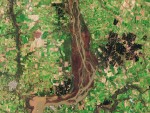
Tuesday, January 22nd, 2019
The Copernicus Sentinel-2B satellite collected this image of the lower reaches of the brown, sediment-rich Uruguay River where the river forms the border between Argentina and Uruguay, and is the site of the Esteros de Farrapos e Islas del Río Uruguay wetlands. Composed of lagoons, swamps and 24 islets, the Esteros are a haven for
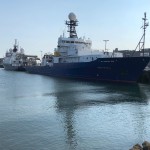
Monday, August 13th, 2018
Satellite images of phytoplankton blooms on the surface of the ocean often dazzle with their diverse colors, shades and shapes. But phytoplankton are more than just nature’s watercolors: They play a key role in Earth’s climate by removing heat-trapping carbon dioxide from the atmosphere through photosynthesis. Yet a detailed account of what becomes of that
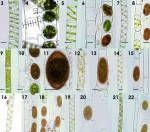
Tuesday, May 15th, 2018
Eastern Siberia is home to the world’s deepest and most ancient freshwater ecosystem, Lake Baikal. This lake and its surrounding tributaries are one of the largest sources of pure drinking water in the world, containing some of the most diverse and unique organisms. Recent biological changes are causing a major shift in the composition of
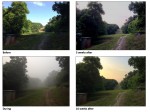
Monday, September 25th, 2017
Forest fires in Southeast Asia during the El Niño droughts of 2015 caused considerable disruption to the biodiversity of the region due to the smoke-induced haze they created, according to new research published in the Environmental Research Letters journal and led by Benjamin Lee at the University of Kent and the National Parks Board in
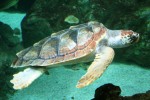
Tuesday, June 20th, 2017
Loggerhead turtles are particularly susceptible to climate change as the risk of nest flooding increases and the health of hatchlings declines. Florida holds the world’s largest nesting population of loggerheads, yet little is known about the species’ activity in nearby Cuba. A recent article published in Chelonian Conservation and Biology suggests changing climate may
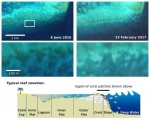
Monday, June 5th, 2017
Studying European Space Agency (ESA) Sentinel-2 images captured over the reef between January and April 2017, scientists working under ESA’s Sen2Coral project noticed areas that were likely to be coral appearing to turn bright white, then darken as time went on. The event was confirmed by two successive images captured in February, indicating the approximate
Monday, January 25th, 2016
European Space Imaging (EUSI) released a new case study outlining the success of using satellite imagery to help protect UNESCO World Heritage sites this week. Working together with experts at the German Archaeological Institute (DAI) and the German Aerospace Centre (DLR) they explain what high-quality satellite data reveals about the situation on the ground at
Tuesday, January 21st, 2014
A quarter of the world’s sharks and rays are threatened with extinction according to The IUCN Red List of Threatened Species, with ray species found to be at a higher risk than sharks. The findings are part of the first ever global analysis of these species carried out by the IUCN Shark Specialist Group (SSG).
Friday, November 15th, 2013
A new scientific study has identified the protected areas most critical to preventing extinctions of the world’s mammals, birds and amphibians. Resulting from an international collaboration, this analysis provides practical advice for improving the effectiveness of protected areas in conserving global biodiversity.

